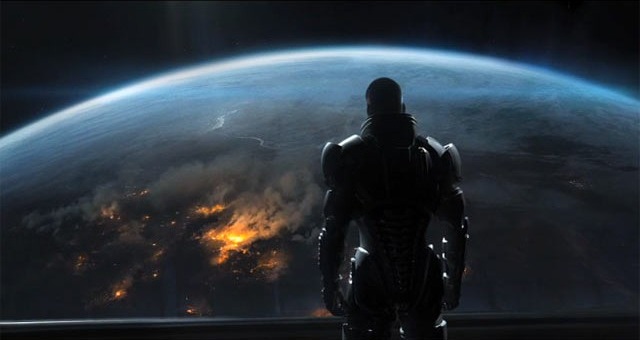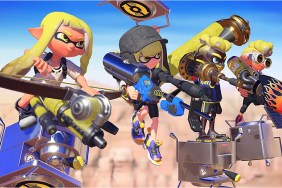If only for a while, if only for the twinkling of a tiny galaxy.
Commander Shepard isn't playing around anymore. Within the first hour of Mass Effect 3, Earth is ravaged by the Reapers, the colossal squid-like robots that he spends the first two Mass Effect games thwarting, seemingly to no avail. The Council still wallows in denial and idiotic bureaucracy. Even…
-
Brilliant story
-
...but lackluster ending
-
Improved combat system
-
Understandable HUD
-
Enhanced graphics
-
Multiplayer mode
-
On the short side
-
Can only explore The Citadel











